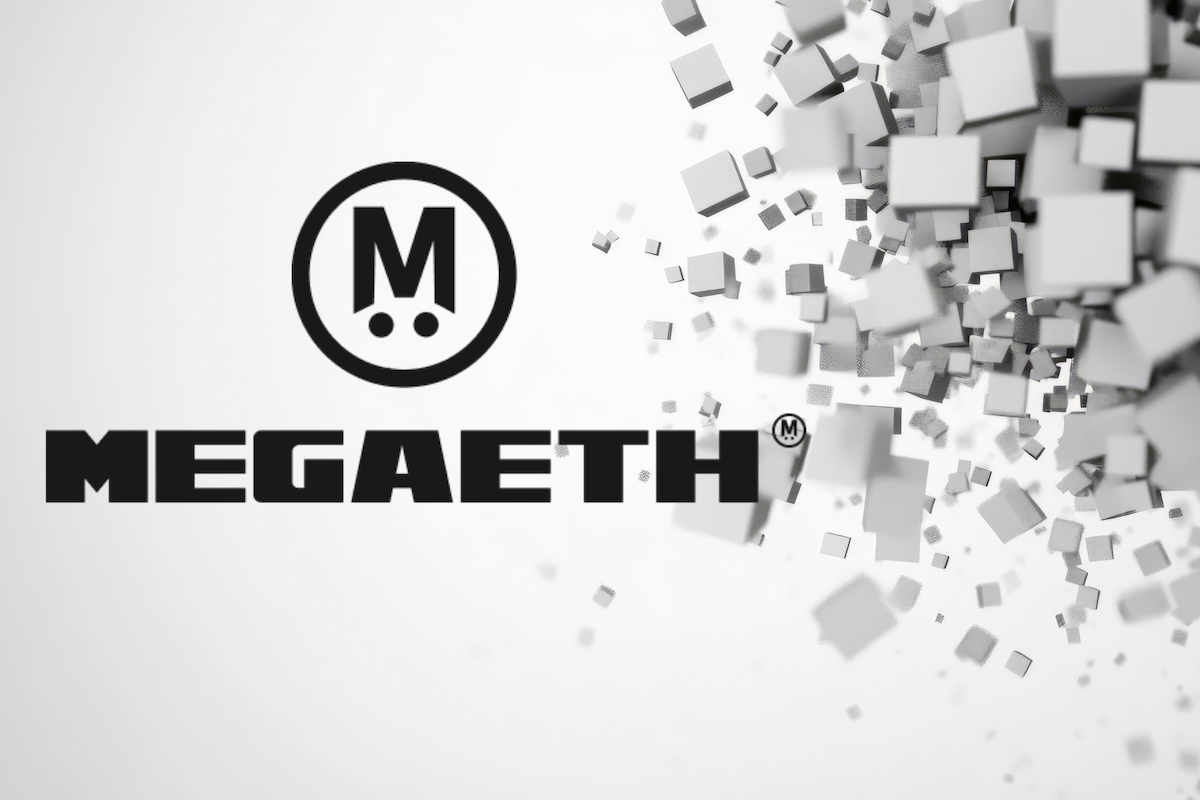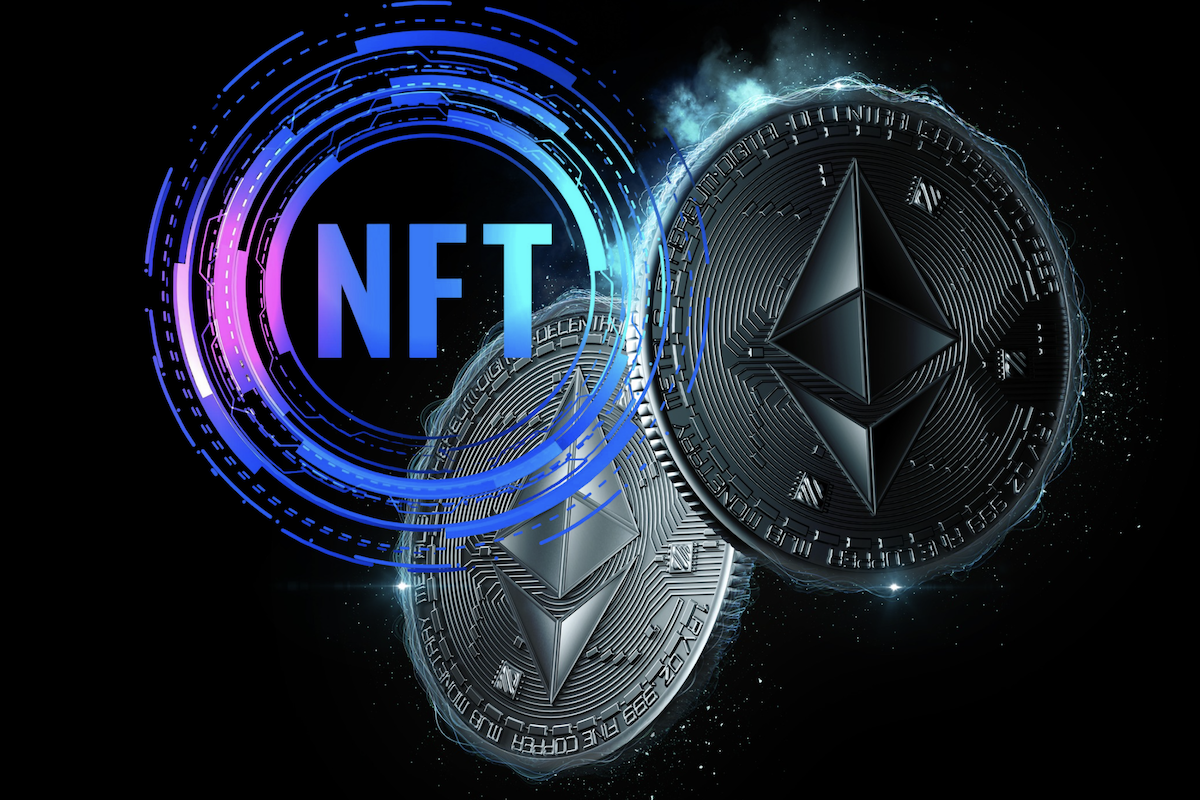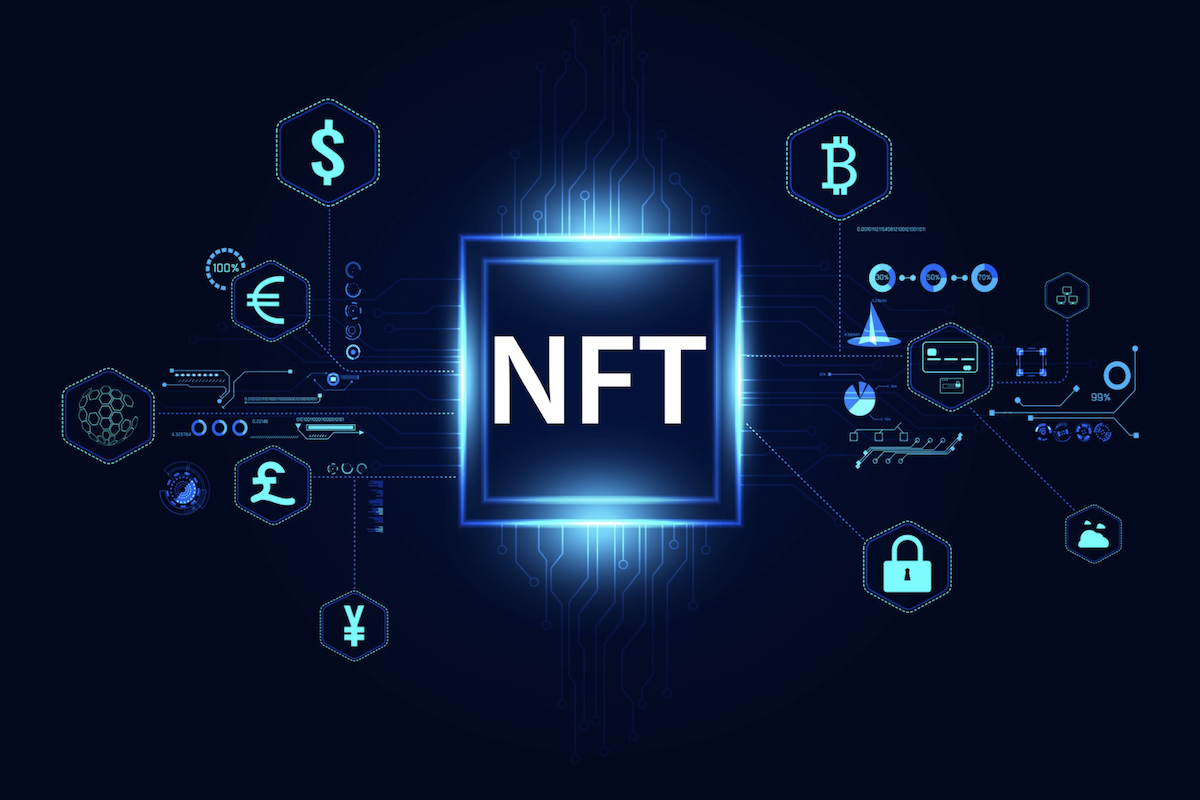What Is MegaETH? The Real-Time Ethereum Layer-2 Aiming for 100,000 TPS
MegaETH, Ethereum’s new real-time Layer-2, raised $450M promising 100K+ TPS. Learn how its tech, token, and risks shape crypto’s fastest L2 project.

Two things thrust MegaETH into the spotlight: a record-breaking token auction and a promise of near-instant, high-throughput execution on an Ethereum-compatible network. The project’s pitch—Ethereum’s security at web-speed—has ignited genuine enthusiasm from both investors and developers exploring scalable infrastructure for interactive apps.
Key takeaways
MegaETH is an EVM-compatible Ethereum Layer-2 aiming for millisecond-level latency and six-figure TPS throughput.
A $450 million oversubscribed MEGA token auction signalled intense interest but also raised fairness questions.
Claimed advantages include speed, modular node design, and developer familiarity; key risks involve execution, centralisation, and valuation.
Tokenomics and allocations align with public disclosures but will need watching as unlocks occur.
Excitement is genuine, but decisive judgments should wait for mainnet performance and decentralisation milestones.
What is MegaETH?
MegaETH is a next-generation scaling solution for Ethereum, often described as the first “real-time blockchain.” It retains full EVM compatibility, meaning existing Ethereum contracts can run without modification, while introducing a node structure built to handle massive transaction volume and sub-second confirmation times.
The goal is to support applications that can’t tolerate blockchain lag—trading platforms, competitive games, live social protocols, and streaming payments. By separating transaction execution, proof generation, and data replication across different node types, MegaETH aims to reach speeds that traditional rollups rarely approach.
Why it’s in the news
The project gained attention after a public token auction that became one of crypto’s largest of the year:
Over $450 million raised.
More than $1.3 billion in bids recorded.
Allegations of wallet duplication and allocation concentration stirred debate.
Strong investor interest, high valuations, and links to Ethereum’s founder community turned MegaETH into a headline fixture across industry media.
How MegaETH works (simplified)
Instead of one node doing everything, MegaETH divides the workload:
Sequencers receive transactions, order them instantly, and broadcast “state diffs.”
Provers validate and generate cryptographic proofs asynchronously.
Full nodes reconstruct state and maintain history for transparency.
Settlement anchors to Ethereum, preserving its security assurances.
This modular design allows concurrent processing and quick confirmations while keeping compatibility with the Ethereum Virtual Machine (EVM).

Source: MegaETH
Benefits the team promotes
Speed and throughput: Transactions confirm almost instantly, improving UX for time-sensitive dApps.
Developer continuity: Solidity, Foundry, and MetaMask remain fully usable.
New use cases: High-frequency DeFi trading, interactive on-chain games, and micro-transactions become practical.
Fee model innovation: A yield-bearing stablecoin, USDm, is proposed to stabilise transaction costs.
Example: A perpetual-futures DEX could confirm orders in milliseconds, reducing slippage and narrowing spreads compared with current rollups.
Risks and unresolved challenges
The same design choices that make MegaETH compelling introduce real risks:
Unproven scalability: The network’s projected TPS and latency are speculative and require public validation.
Centralisation pressure: Early sequencer and prover roles may be operated by a small, possibly opaque group, raising decentralisation concerns.
Engineering complexity: Multi-role node coordination increases fault potential.
High valuation: With an estimated FDV (fully diluted valuation) near $6 billion, investor expectations are aggressive and leave little room for underperformance.
Competitive landscape: Arbitrum, Optimism, StarkNet, zkSync, and Base continue to mature rapidly.
Regulatory sensitivity: Token-sale structure and stablecoin design must comply with regulations such as MiCA (Markets in Crypto-Assets Regulation) and local securities laws.
The MEGA token
Symbol: MEGA
Total supply: 10 billion
Public sale: 500 million (5%) through an English-auction model
Indicative allocation:
~9.5% team
~14.7% early investors
~70% community, staking, and ecosystem incentives
Utility: network gas payments, sequencer staking/rotation, and governance.
Tokenomics match disclosed figures, but long-term investors should monitor unlock schedules, liquidity trends post-TGE (Token Generation Event), and any unexpected reallocations.
As of writing, the MEGA token is not yet listed on major centralized exchanges or active on popular DEXs. While a large public sale occurred, tokens may still be subject to vesting schedules, and general market trading has not begun. Prospective buyers should verify any listing claims directly on trusted exchanges.
Can investors actually profit?
Potential upside
If MegaETH meets its performance goals and attracts adoption, MEGA demand could rise.
Sequencer staking may offer yield opportunities.
Ecosystem rewards might benefit early participants.
Real-world constraints
A high starting valuation limits room for exponential appreciation.
Token unlock cliffs and early investor allocations could create downward pressure.
Governance may remain centralised in early phases, limiting community influence.
Execution and decentralisation progress will dictate lasting value.
Profits are possible, but depend heavily on actual usage, long-term decentralisation, and transparent public performance.
What to monitor next
Mainnet launch: Observe sustained latency and throughput.
Ecosystem adoption: Which dApps deploy first, and how do they perform?
Sequencer diversity: Track decentralisation milestones.
Exchange liquidity: Gauge post-listing stability.
Security audits: Confirm independent validation and bug-bounty activity.
Only transparent on-chain data will reveal whether MegaETH’s architecture delivers as claimed.
Broader context
Ethereum’s scaling race now features several credible rollups and sidechains. MegaETH enters as one of the most ambitious—its mission is to make blockchain feel instantaneous. The enthusiasm surrounding it reflects genuine demand for faster, smoother decentralised applications.
As the MegaETH whitepaper outlines, even advanced EVM chains like opBNB hitting ~100 MGas/s still translate to only ~650 swaps/s — far below what modern Web2 servers handle.
Still, major uncertainties remain. Performance, scalability, and operator diversity will determine whether MegaETH becomes a durable part of the Ethereum stack or a cautionary lesson about over-optimistic benchmarks. Both the project team and external analysts have flagged these caveats, emphasizing the need for public validation and ongoing transparency.
Conclusion
MegaETH embodies both the promise and the pitfalls of Ethereum’s scaling era. The idea—real-time responsiveness anchored to Ethereum’s security—is genuinely exciting. The funding scale confirms market appetite for such innovation. Yet the crucial variables—performance under stress, decentralisation trajectory, and network adoption—remain to be proven.
Valuation and tokenomics appear as publicly disclosed, but investors and developers should treat MegaETH as an ambitious work in progress. The project’s success will be measured not by hype or auction size, but by transparent mainnet data and how quickly it distributes power across its operators.
The excitement is real. So are the risks. Measured, informed observation is the best path forward.
Frequently Asked Questions
Here are some frequently asked questions about this topic:
What is MegaETH, and is it an Ethereum Layer-2 solution?
Yes. MegaETH is a high-performance Ethereum Layer-2 blockchain that executes transactions off-chain for speed while finalising them on Ethereum’s Layer-1 for security and decentralisation.
Who can build on MegaETH?
Any blockchain developer familiar with Solidity, Foundry, or standard EVM-compatible tools (like MetaMask and Hardhat) can deploy smart contracts and dApps on MegaETH without changes.
How is MegaETH different from other Layer-2 blockchains?
Unlike traditional L2s focused on gas savings, MegaETH prioritises ultra-low latency—offering near-instant transaction confirmations for real-time DeFi, gaming, and social applications.
Does MegaETH have a native token?
Yes. The MEGA token is used for gas fees, sequencer staking, and governance within the MegaETH ecosystem. It plays a central role in network security and participation incentives.
What should investors and users watch for with MegaETH?
Key factors to monitor include public mainnet performance, decentralisation of sequencer and prover roles, adoption by EVM dApps, token unlock schedules, and compliance with evolving crypto regulations.





